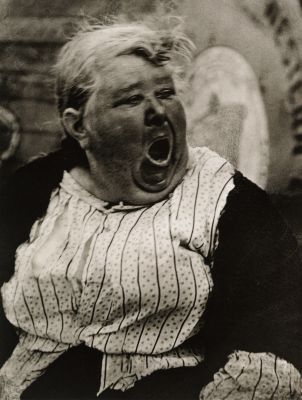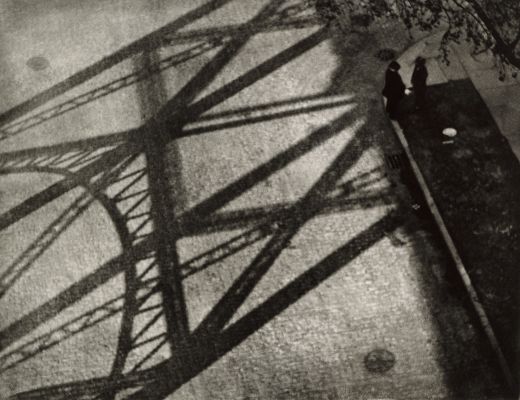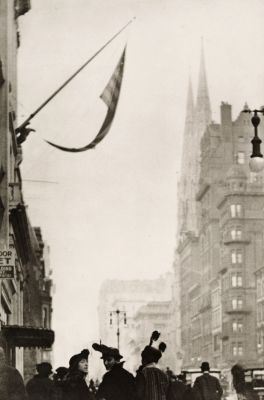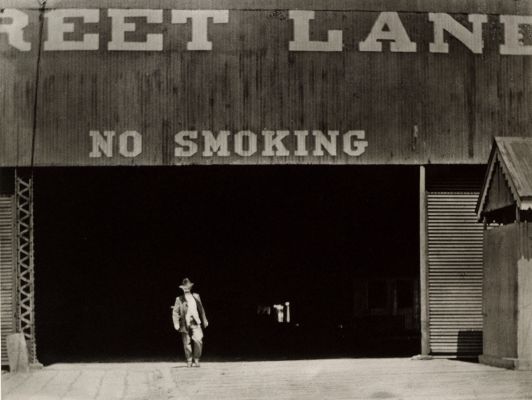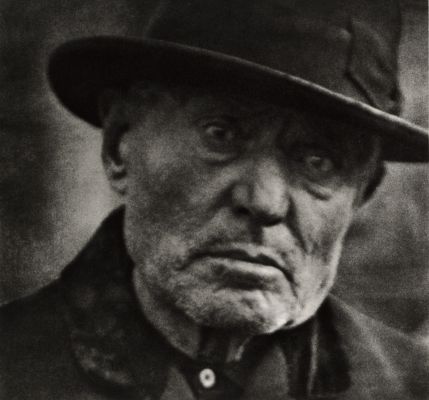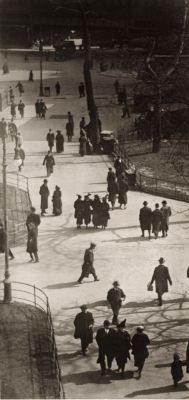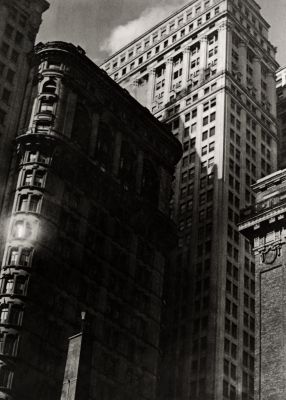
Title
Abstraction, Porch ShadowsArtist
Strand, Paul (American, 1890-1976)Key FigurePublication
Paul Strand: The Formative YearsDate
1973 plate (1917 negative)Process
PhotogravureAtelier
Jon Goodman Photogravure, MassachusettsImage Size
13 x 9.1 inSheet Size
20 x 16 in
For this portfolio, Aperture has drawn from the Paul Strand Archive some of the most notable images from the photographer’s exemplary career. This selection of hand-pulled, dust-grain photogravures of some of the most influential photographs of the twentieth century were made from the original glass plates in 1973. These works were the subject of a major exhibition at the Metropolitan Museum of Art, New York, in February 1998. Printed by master photogravure printer Jon Goodman, and bearing the authorized seal of the Paul Strand Archive, the portfolio is accompanied by a signed text by noted photography critic Ben Lifson and Michael E. Hoffman, former Executive Director of Aperture, and sold in a cloth-covered clamshell case.
Paul Strand (born in New York, 1890; died in Orgeval, France, 1976) was one of the great photographers of the twentieth century. As a youth, he studied under Lewis Hine at the Ethical Culture Fieldston School, going on to draw acclaim from such illustrious sources as Alfred Stieglitz and David Alfaro Siqueiros. After World War II, Strand traveled around the world—from New England to Ghana, France to the Outer Hebrides—to photograph, and in the process created a dynamic and significant body of work.
From an edition of 300 and 50 artists proofs.
Reproduced / Exhibited
Malcolm R. Daniel, and Florian Rodari. Graver La Lumière: L’héliogravure D’alfred Stieglitz À Nos Jours Ou La Reconquête D’un Instrument Perdu. Vevey, Suisse: Fondation William Cuendet & Atelier de Saint-Prex, 2002. p. 36
